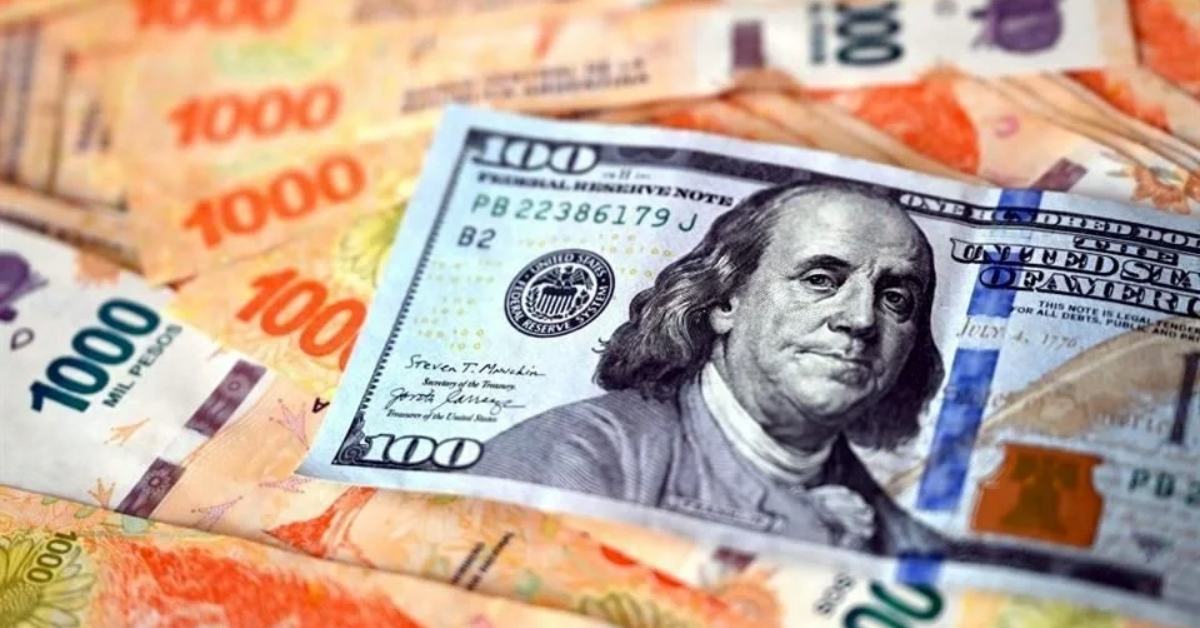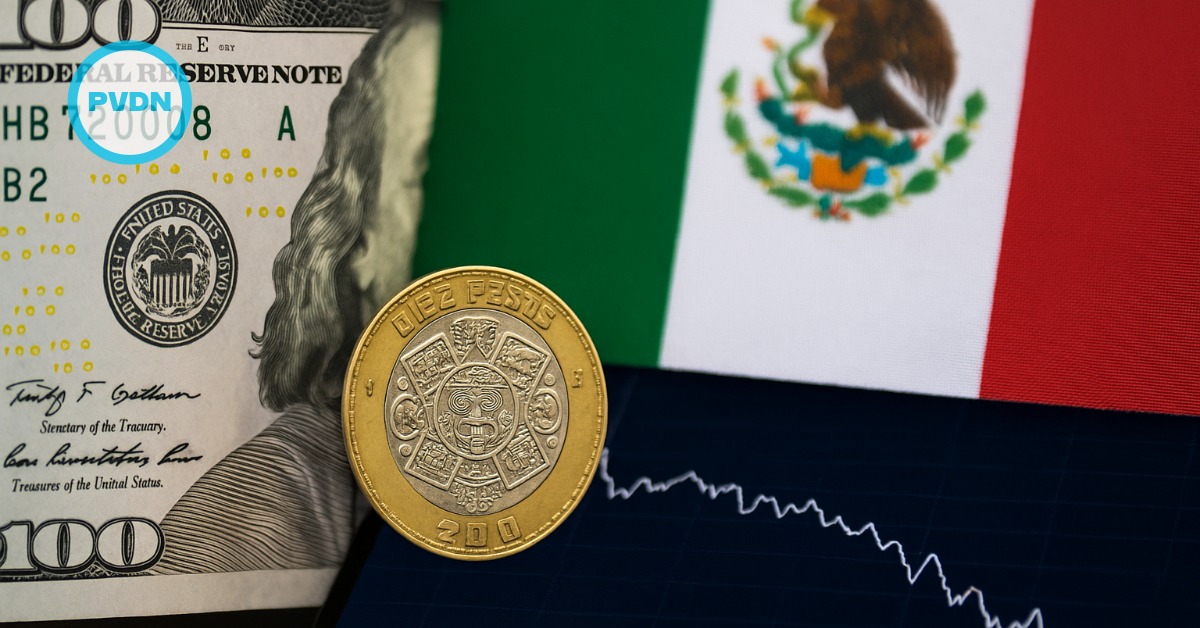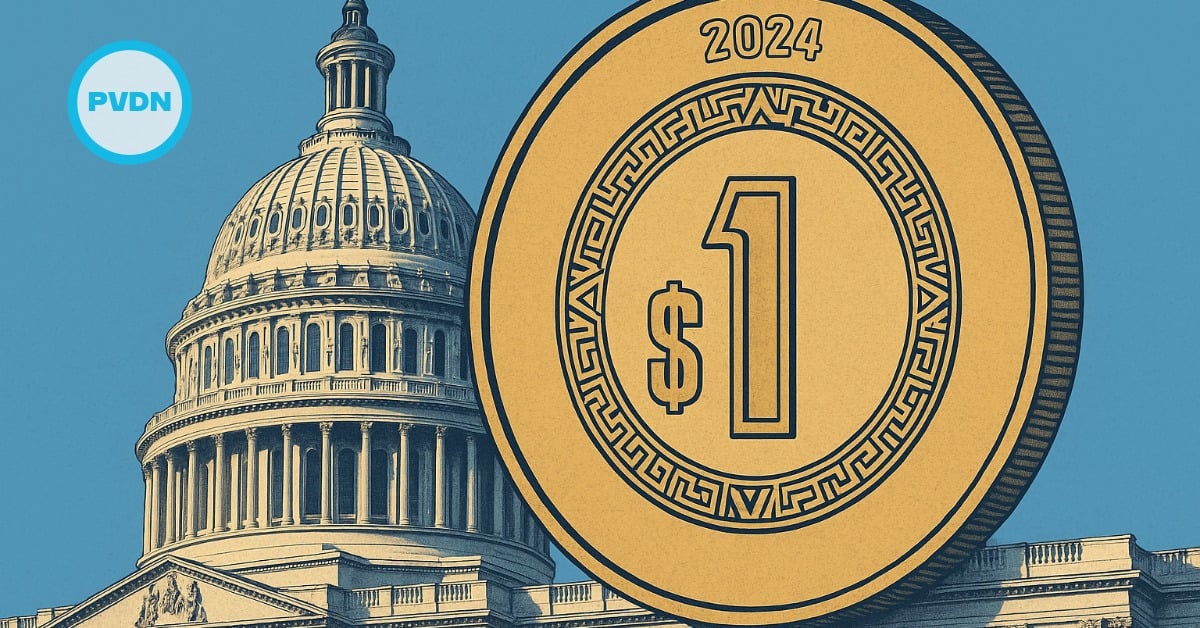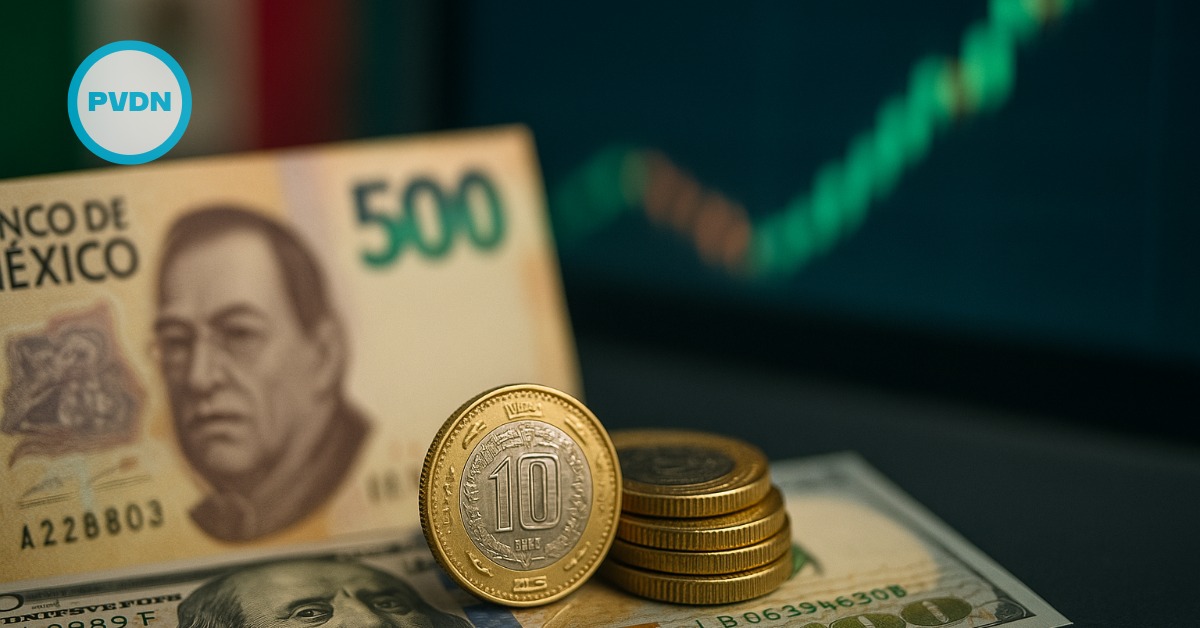The Mexican peso weakened 0.55% to close at 19.0145 per dollar on Tuesday, pressured by geopolitical tensions and market anticipation of the Fed's policy statement.
The Mexican peso weakened against the U.S. dollar on Tuesday, closing at 19.0145 per greenback after heightened geopolitical concerns and market jitters ahead of the Federal Reserve’s upcoming policy statement. The drop represented a 0.55 percent depreciation compared to Monday’s official close of 18.9114, according to data from the Bank of Mexico (Banxico).
The peso’s decline . . .







